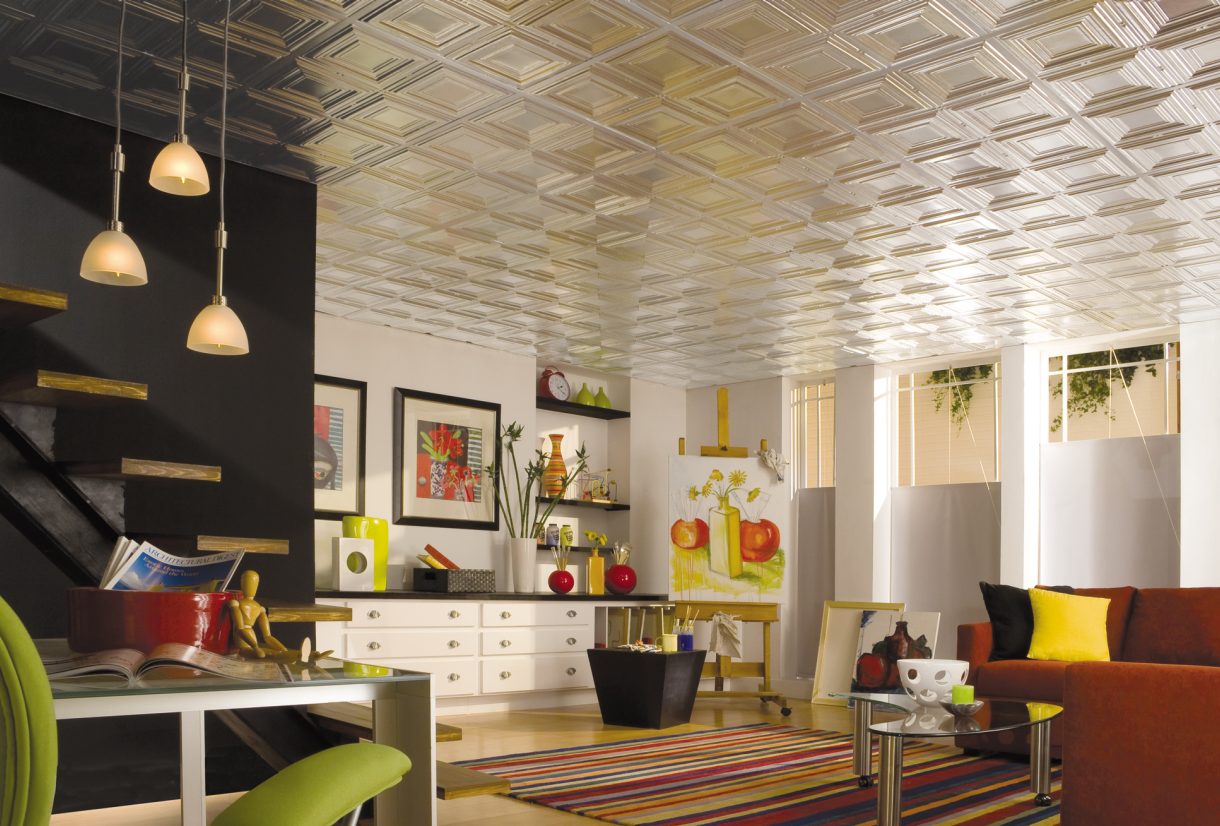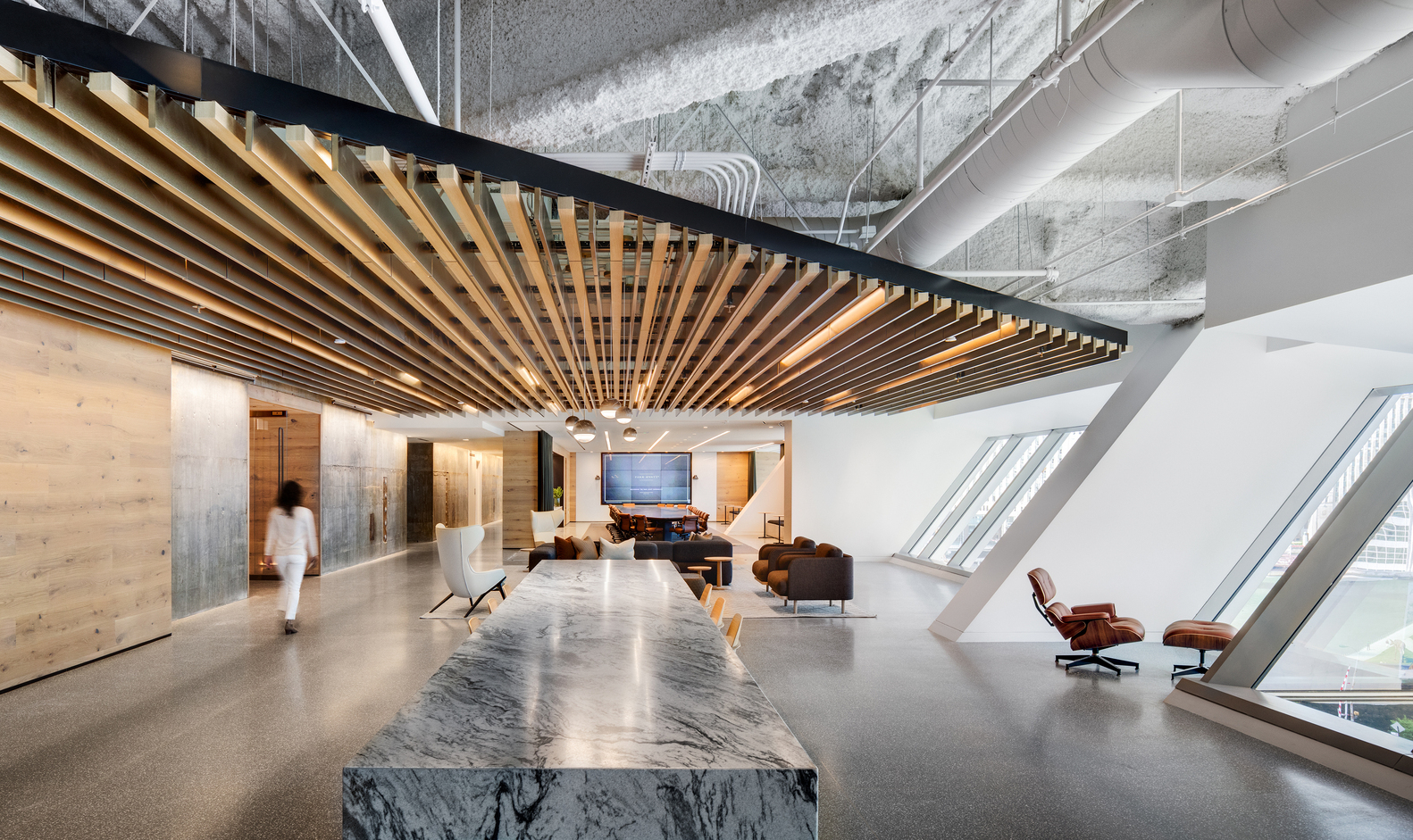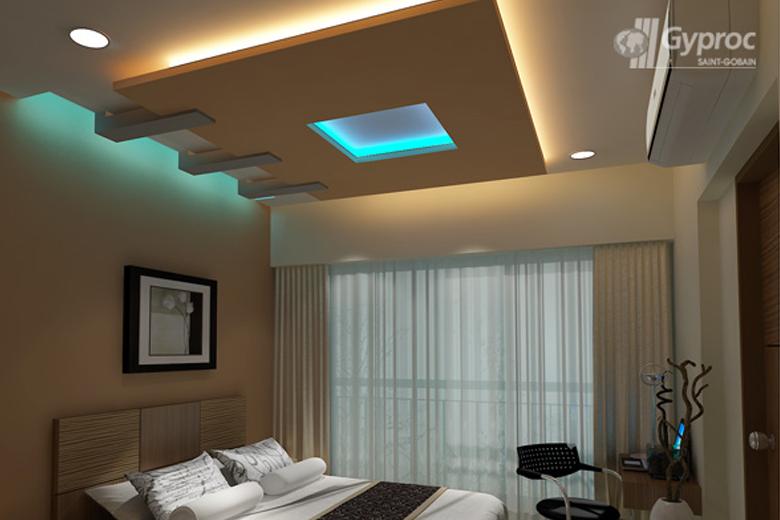When it comes to interior design, the ceiling is often overlooked. However, suspended ceilings offer a fantastic way to enhance the aesthetics and acoustics of a space. In this comprehensive guide, we’ll delve into the world of suspended ceiling decoration, discussing various materials, design options, installation tips, and everything else you need to know to transform your ceilings into a stunning focal point.
What is a Suspended Ceiling?
A suspended ceiling, also known as a drop ceiling or false ceiling, is a secondary ceiling hung below the main structural ceiling. This design allows for various functional and aesthetic benefits, such as hiding wiring, ductwork, and pipes, improving acoustics, and providing insulation. Additionally, suspended ceilings can be an excellent canvas for decorative elements.
Benefits of Suspended Ceilings
Suspended ceilings are not just about aesthetics; they come with a myriad of benefits:
- Acoustic Control: They can significantly improve sound insulation and absorption, ideal for offices, schools, and theaters.
- Easy Maintenance: Accessing utilities is simpler as many tiles can be easily removed.
- Style Flexibility: With various materials and designs available, they can suit any decor style.
- Energy Efficiency: They can help with insulation, potentially reducing heating and cooling costs.
Types of Suspended Ceilings
There are several types of suspended ceilings, each with unique characteristics and advantages.
1. Acoustic Ceiling Tiles
Acoustic tiles are designed to absorb sound and reduce noise levels in a room, making them perfect for commercial spaces.
2. Mineral Fiber Tiles
These are commonly used in schools and offices for their sound-absorbing qualities and ease of installation.
3. Metal Ceilings
Metal ceilings offer a sleek, modern look and are durable, making them ideal for commercial environments.
4. Gypsum Board Ceilings
Gypsum boards provide a smooth finish and can be painted or textured for various decorative effects.

5. Stretch Ceilings
Stretch ceilings are made of a flexible material stretched across a frame, allowing for creative shapes and lighting options.
6. PVC Tiles
PVC ceiling tiles are waterproof, making them great for kitchens and bathrooms. They come in a variety of designs and colors.

Decorating Suspended Ceilings
Now that we’ve covered the basics, let’s explore how to decorate suspended ceilings effectively.
Choosing the Right Material
When decorating suspended ceilings, the choice of materials plays a critical role in the overall design. Below is a comparison table highlighting different materials for suspended ceilings:

| Material | Pros | Cons |
|---|---|---|
| Acoustic Tiles | Great for sound absorption, easy to install | Can be susceptible to moisture damage |
| Mineral Fiber | Cost-effective, fire-resistant | Limited design options |
| Metal | Durable, modern look | Can be expensive, can dent easily |
| Gypsum Board | Smooth finish, easy to paint | Heavy, requires more labor to install |
| Stretch Ceiling | Flexible designs, lightweight | Pricey, can be punctured |
| PVC Tiles | Waterproof, easy to clean | May not be eco-friendly |
Creative Design Ideas
Here are some creative ideas to consider while decorating suspended ceilings:
1. Color Coordination
Choose colors that complement the walls and furniture. Light colors can make a room feel larger, while darker colors add warmth and intimacy.

2. Add Lighting
Incorporate recessed lighting or LED strips along the edges of the ceiling for a modern look. This can enhance the ambiance while showcasing the ceiling design.
3. Textures and Patterns
Experiment with different textures and patterns through tiles or paint to create visual interest. A geometric pattern can add a contemporary touch.

4. Incorporate Artwork
Ceiling murals or hanging art can make your suspended ceiling a unique focal point that draws the eye upward.
Installation Process for Suspended Ceilings
Installing a suspended ceiling can be a DIY project or done professionally. Here’s an overview of the installation process:

Required Tools and Materials
- Ceiling tiles or panels
- Suspension wires
- Wall angle trim
- Grid system (T-bar system)
- Measuring tape
- Drill
- Level
- Utility knife
- Safety goggles
Step-by-Step Installation Guide
- Measure the Area: Measure the room dimensions to determine the amount of material needed.
- Plan the Layout: Decide the layout and mark where the grid will go. Use a chalk line for accuracy.
- Install Wall Angle: Attach the wall angle around the perimeter of the room at the desired height.
- Hang Suspension Wires: Install suspension wires from the main ceiling to support the grid.
- Install Grid System: Assemble the T-bar grid, fitting it into the wall angle and securing it with wires.
- Insert Ceiling Tiles: Place the tiles into the grid, ensuring a snug fit.
- Final Adjustments: Check the alignment and make any necessary adjustments to ensure a level ceiling.

Pros and Cons of Suspended Ceilings
Like any design choice, suspended ceilings come with their own set of advantages and disadvantages. Here’s a quick breakdown:
Advantages
- Improves sound insulation
- Hides unsightly ductwork and wiring
- Provides energy efficiency
- Various design options for customization
- Easy access to ceiling utilities
Disadvantages
- Can reduce ceiling height
- Initial installation costs can be high
- Tiles may need replacement over time
- Can be challenging to match styles with existing interiors
Frequently Asked Questions (FAQs)
What is the average cost of installing a suspended ceiling?
The average cost can vary significantly based on materials and labor. Typically, costs range from $2 to $5 per square foot.
How do I maintain my suspended ceiling?
Regular dusting and cleaning are essential. Replace any damaged tiles promptly to maintain the ceiling’s appearance.
Can I install a suspended ceiling in a bathroom?
Yes! PVC tiles are particularly suitable for humid environments like bathrooms because they are waterproof and easy to clean.
Is it possible to install a suspended ceiling myself?
Yes, with the right tools and materials, a suspended ceiling can be installed as a DIY project. Follow the installation guide closely for the best results.
What designs are trending right now for suspended ceilings?
Some popular trends include geometric patterns, two-tone tile designs, and integrated LED lighting for a modern look.
Final Thoughts
Suspended ceilings can dramatically enhance the functionality and aesthetic appeal of a space. By selecting the right materials and designs, you can create an inviting environment that reflects your unique style. Whether you’re looking to improve acoustics in a commercial setting or simply want to add a decorative touch to your home, suspended ceilings are a versatile solution. As a designer, I’ve witnessed firsthand how a thoughtfully executed suspended ceiling can transform a room, making it a worthwhile investment for anyone looking to upgrade their interiors.